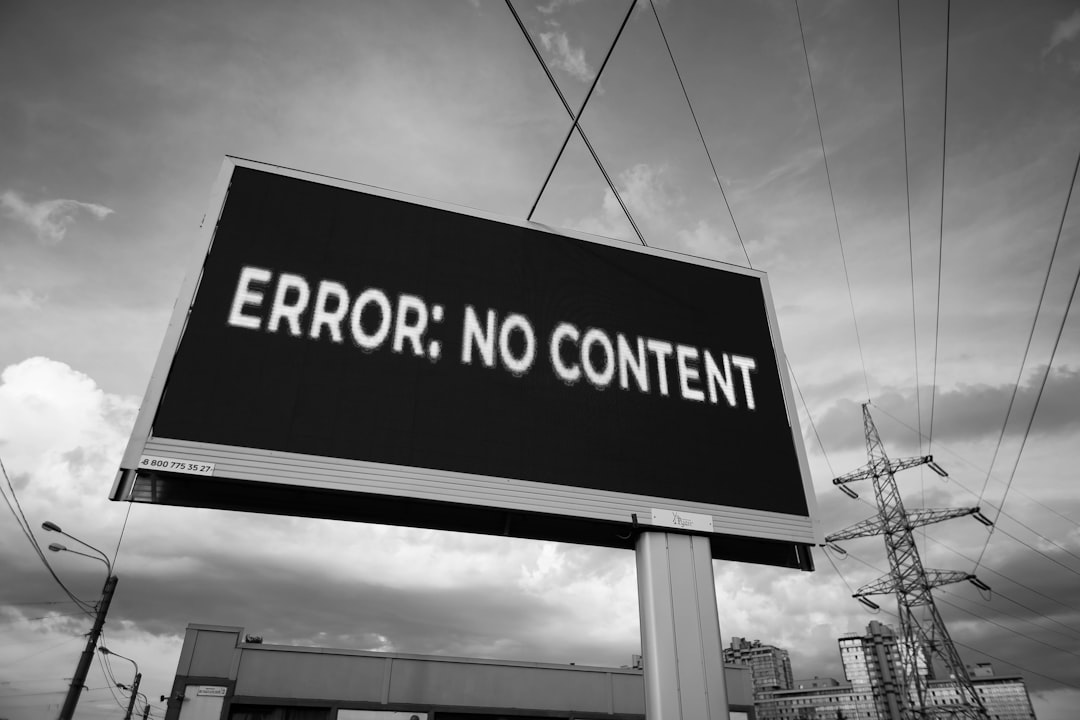Keeping your WordPress site running smoothly is super important. If your site is slow or gets hacked, visitors won’t stick around. That’s where WordPress maintenance plans come in. They take care of your site so you can focus on growing your business, blog, or whatever cool thing you’re working on.
Why You Need a WordPress Maintenance Plan
You might think, “Hey, I can do it myself.” Maybe. But WordPress isn’t always simple. Themes, plugins, updates—it can be a lot. And if something goes wrong? It could break your whole site.
Here’s why a maintenance plan helps:
- Security: Hackers love outdated plugins. Regular updates keep them out.
- Speed: Healthy sites run faster. Speed keeps your visitors happy (and helps SEO!).
- Backups: If something crashes, you’ll have a safety net.
- Updates: Themes, plugins, WordPress core—all need regular updating.
- Support: If things go wrong, you’ve got a pro team ready to help.
What’s Usually Included in a Maintenance Plan?
It depends on the provider, but most good plans include these features:
- Automatic updates: Keeps everything current and safe.
- Daily or weekly backups: So you never lose your work.
- Security scans: Catches malware before it causes issues.
- Performance checks: Helps keep your site lightning-fast.
- Uptime monitoring: Alerts you if your site goes down.
- Tech support: Real humans who can fix real problems.
Some premium plans even offer things like SEO reports, broken link checks, or monthly strategy calls.
How to Choose the Right Plan for You
There are a lot of choices out there. Don’t worry, though. We’ll break it down into bite-sized steps.
1. Know What Your Site Needs
Start by thinking about your site:
- Is it a blog, business, eCommerce store?
- How often do you update it?
- Does it need special features or plugins?
If it’s just a small blog, a simple plan might work. But if you’re running a store or heavy-traffic site? You’ll want more support.
2. Set a Monthly Budget
Maintenance plans range from $20/month to $300/month. Think about what’s realistic for you. Don’t just go for the cheapest option. You often get what you pay for.
Ask yourself, “If my site was down for a day, how much would that cost me?” The answer might make a maintenance plan feel like a bargain.
3. Compare Core Features
Make a checklist of features you really want. Common must-haves include:
- Fast backup and restore
- Regular updates
- 24/7 uptime monitoring
- Malware scanning and removal
Then compare different providers. Match what they offer to your wishlist.
4. Check Their Support and Response Time
Support is everything. Imagine something breaks on a Friday night. Will your provider help you at midnight or make you wait until Monday?
Look for plans that include:
- 24/7 customer service
- Response time guarantees
- Clear communication channels (email, chat, phone)
5. Read Reviews and Get Recommendations
Other customers can tell you a lot. Look for reviews on third-party sites. And ask around in WordPress forums, Facebook groups, or among your tech-savvy friends.
People love to share what’s worked for them (and what hasn’t).
6. Ask About Contracts
Some companies lock you in for months or even a year. Others offer month-to-month plans. If you’re not sure, choose one without a long contract. More flexibility = less pressure.
Red Flags to Watch For
Not all maintenance services are great. Watch out for:
- Unclear pricing: If you can’t figure out what’s included, it’s probably not good.
- No mention of backups: That’s a must. Backups = peace of mind.
- Cookie-cutter services: Your site is unique. Don’t settle for a one-size-fits-all package.
If it looks sketchy or too good to be true, it probably is.

DIY vs Hiring a Professional
Sure, you can do some of it yourself. WordPress lets you update things manually. There are plugins for backups and security. But doing it all can be time-consuming—and risky if you don’t know what you’re doing.
Hire a pro if:
- You don’t have time to manage everything
- You’re running a money-making website
- You’re not super tech-savvy
DIY might work if:
- You’re on a tight budget
- You love learning WordPress under the hood
- Your site is small and not business-critical
Top WordPress Maintenance Providers to Check Out
We’ve talked a lot about *how* to choose. Now here are a few favorites (based on online reviews and popularity):
- WP Buffs: Great for bloggers and small businesses. 24/7 support and lots of customization.
- GoWP: Perfect for agencies that manage multiple client sites.
- Maintainn: Offers strong security and backup options.
- SiteCare: Reliable choice for medium to large websites.
Don’t just take our word for it—check out each provider’s plans and match them to your needs.
Bonus Tips for Keeping Your Site Healthy
Even with a great plan, you can help out too!
- Delete old plugins you don’t use
- Use strong passwords (and change them regularly)
- Keep your content fresh and optimized
- Monitor traffic for any unusual spikes
Remember: a happy site means happy users—and that means more traffic, more sales, and more fun!
Final Thoughts
WordPress maintenance isn’t just a “nice-to-have.” It’s a must. Choosing the best plan helps you stay secure, fast, and stress-free.
Take a little time, compare your options—and pick the plan that feels like it was made just for you. Your website (and your sanity) will thank you.
Still unsure? Start with a basic plan and upgrade as you grow. The best thing you can do is take that first step to protect your site today!